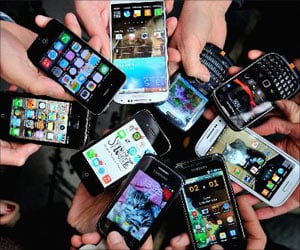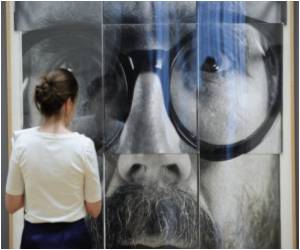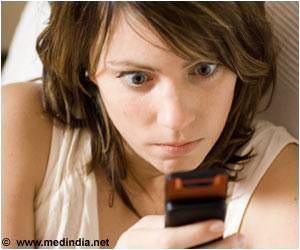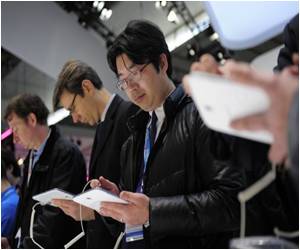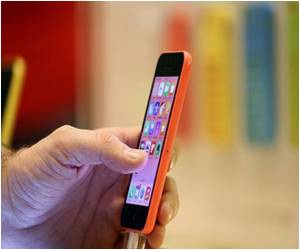
"The adapters make it easy for anyone with minimal training to take a picture of the eye and share it securely with other health practitioners or store it in the patient's electronic record," explained Robert Chang, assistant professor of ophthalmology at Stanford and one of the developers.
This technology can increase access to eye care services as well as improve the ability to advise on patient care remotely.
"Adapting smart phones for the eye has the potential to revolutionise the delivery of eye care especially in the developing world where opthalmologists are few and far between," added lead author David Myung.
Smart phones today not only have good quality camera resolution but also the data transfer capability to upload that photo securely to the medical record in a matter of seconds.
Earlier, adapters were available to attach a smartphone to a slit lamp -- a microscope with an adjustable, high-intensity light -- to capture images of the front of the eye.
Advertisement
"I started entertaining the idea of a pocket sized adapter that makes the phone do most of the heavy lifting," Chang said.
Advertisement
"Taking a photo of the retina is harder because you need to focus light through the pupil to reach inside the eye," Myung added.
Myung used optics theory to determine the perfect working distance and lighting conditions for a simple adapter that connects a conventional examination lens to a phone.
They shot hundreds of photos with various iterations of the adapter until they got it right.
The initial adapters would be available for purchase for research purposes only while the team seeks guidance from the Food and Drug Administration (FDA).
"We have gotten the production cost of each type of adapter to under $90 but the goal is to make it even lower in the future," Chang said in the paper published in the Journal of Mobile Technology in Medicine.
Source-IANS

